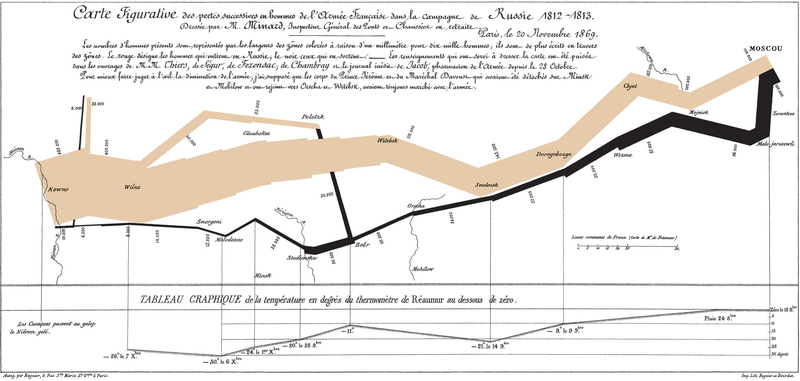
Size of this preview: 800 × 381 pixels. Other resolutions: 320 × 153 pixels | 640 × 305 pixels | 1,024 × 488 pixels | 2,003 × 955 pixels.
Original file (2,003 × 955 pixels, file size: 671 KB, MIME type: image/png)
| This is a featured picture, which means that members of the community have identified it as one of the finest images on the English Wikipedia, adding significantly to its accompanying article. If you have a different image of similar quality, be sure to upload it using the proper free license tag, add it to a relevant article, and nominate it. |
| This image was selected as picture of the day on the English Wikipedia for June 24, 2008. |
File history
Click on a date/time to view the file as it appeared at that time.
| Date/Time | Thumbnail | Dimensions | User | Comment | |
|---|---|---|---|---|---|
| current | 19:55, 17 January 2008 |  | 2,003 × 955 (671 KB) | Mahahahaneapneap | pngcrushed |
| 06:28, 17 January 2008 |  | 2,003 × 955 (810 KB) | Jeff Dahl | restore right border | |
| 04:29, 28 December 2007 |  | 2,000 × 951 (861 KB) | Renata3 | color quality version from The Economist, Christmas edition | |
| 23:32, 28 August 2007 |  | 2,203 × 1,250 (419 KB) | Mzajac | Higher resolution scan, based on file found at http://www.cs.uta.fi/~ov/itv/luennot/kalvot/visu/kuvia/napoleon.gif | |
| 08:48, 29 August 2005 |  | 988 × 565 (87 KB) | Hispa | Gráfico de Minard sobre el avance y retirada de Napoleón en Rusia. Autor: Charles Joseph Minard Licencia: Dominio Público {{PD}} |
File usage
The following 55 pages use this file:
- 1810s
- Attrition warfare
- Attrition warfare against Napoleon
- Cartographic design
- Charles Joseph Minard
- Council at Fili
- Data and information visualization
- Edward Tufte
- Flow map
- French invasion of Russia
- Grande Armée
- Infographic
- Information design
- Mikhail Kutuzov
- Minard
- Russian Winter
- Sankey diagram
- Spatial analysis
- Thematic map
- Visual literacy
- Talk:Timeline of the Manhattan Project
- Talk:Wealth inequality in the United States
- User:Daniel Mietchen/Science communication gallery
- User:Falcaorib/France
- User:Falcaorib/Russia and Soviet Union
- User:Masaqui/sandbox/サンキー ダイアグラム
- User:Mdd/Visualization
- User:Msrasnw
- User:Rjjiii/Alt text
- User:RobLa/Napoleon
- User:RobLa/sandbox/Charles Joseph Minard in information visualization
- User:Soundslikeorange
- User:VGrigas (WMF)/Quality Media
- User talk:Jeff Dahl/Archive 3
- User talk:Jeff Dahl/Archive 4
- Wikipedia:Featured picture candidates/January-2008
- Wikipedia:Featured picture candidates/Minard chart of Napoleon's Russian Campaign
- Wikipedia:Featured picture candidates/Miscellaneous Archive
- Wikipedia:Featured picture candidates/Napoleon's Invasion of Russia
- Wikipedia:Featured pictures/Diagrams, drawings, and maps/Diagrams
- Wikipedia:Featured pictures thumbs/09
- Wikipedia:Picture of the day/June 2008
- Wikipedia:WikiProject Military history/Russian, Soviet and CIS military history task force
- Wikipedia:WikiProject Military history/Showcase
- Wikipedia:WikiProject Military history/Showcase/FP
- Wikipedia:WikiProject Russia/History of Russia task force
- Wikipedia:WikiProject Russia/Physical geography of Russia task force
- Wikipedia:WikiProject Russia/Recognized content
- Wikipedia:Wikipedia Signpost/2008-01-28/Features and admins
- Wikipedia:Wikipedia Signpost/2008-01-28/SPV
- Wikipedia:Wikipedia Signpost/Single/2008-01-28
- Wikipedia talk:WikiProject National Register of Historic Places/Archive 64
- Template:POTD/2008-06-24
- Portal:Maps
- Portal:Russia/Selected picture
Global file usage
The following other wikis use this file:
- Usage on af.wikipedia.org
- Usage on ar.wikipedia.org
- Usage on ast.wikipedia.org
- Usage on bn.wikipedia.org
- Usage on bs.wikipedia.org
- Usage on ca.wikipedia.org
- Usage on cs.wikipedia.org
- Usage on cy.wikipedia.org
- Usage on da.wikipedia.org
- Usage on de.wikipedia.org
- Napoleon Bonaparte
- 1861
- Russlandfeldzug 1812
- Multivariate Verfahren
- Diskussion:Russlandfeldzug 1812
- Sankey-Diagramm
- Informationsgrafik
- Charles Joseph Minard
- Schlacht bei Krasnoi
- Diskussion:Russlandfeldzug 1812/Archiv/1
- Benutzer:Kopiersperre/Informationsdesign
- Wikipedia:WikiBär/SchönerWohnen
- General Winter
- Usage on de.wikiversity.org
- Usage on el.wikipedia.org
- Usage on en.wikiquote.org
- Usage on es.wikipedia.org
- Usage on et.wikipedia.org
View more global usage of this file.

